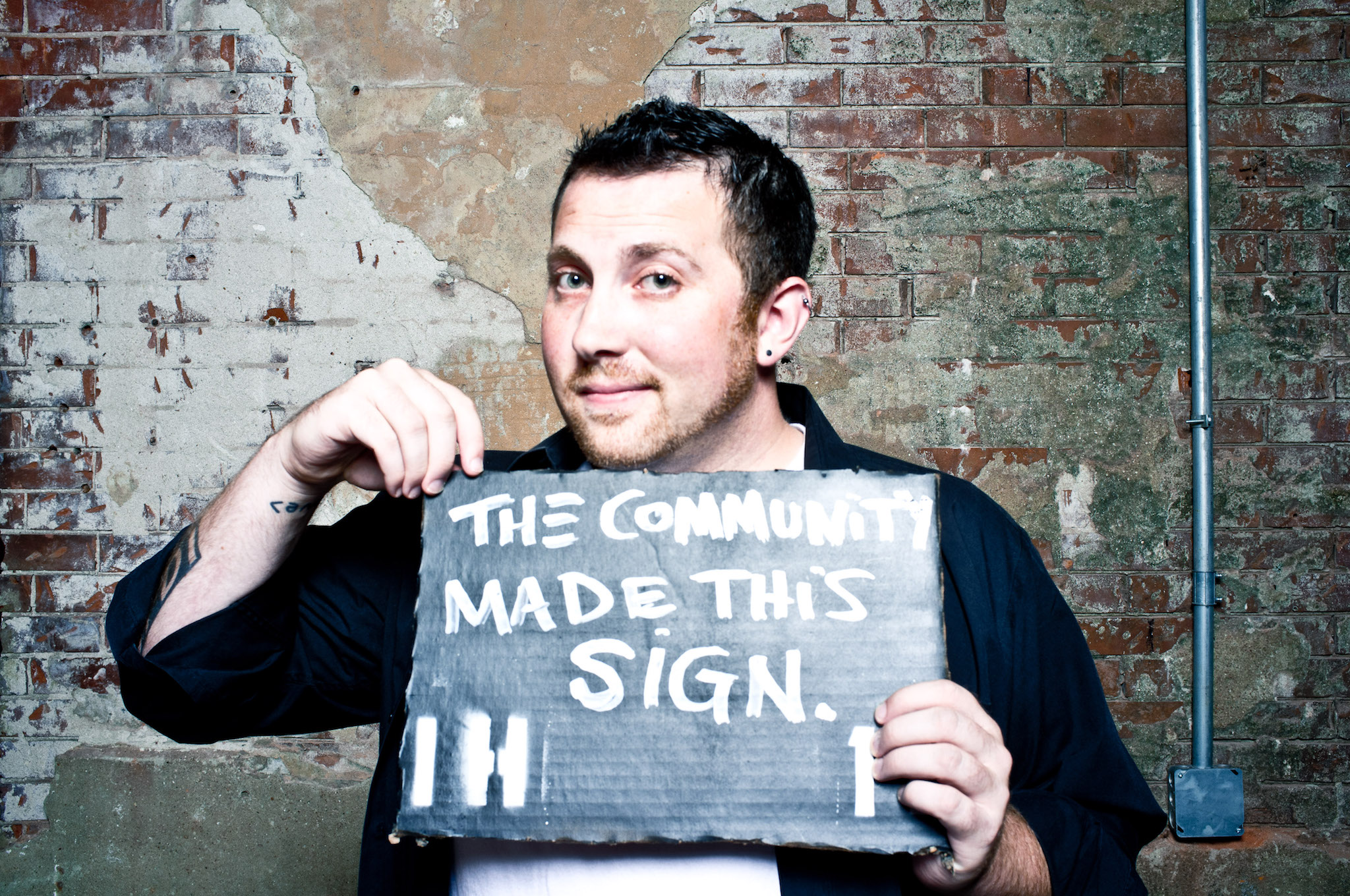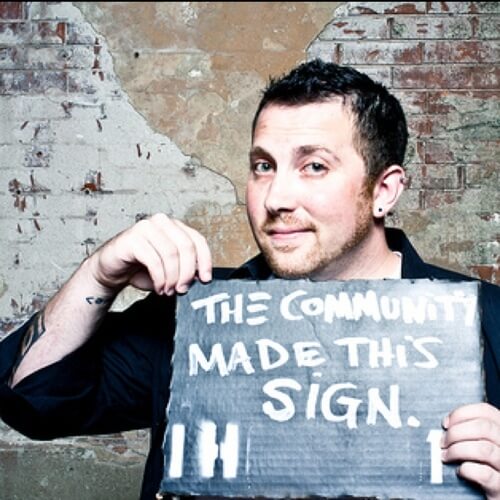A lot of us - community leaders and members alike - are feeling a very strange dual set of pains. On one hand, there’s a deep sense of isolation and “unstuckness” from both human contact and routine.
On the other hand, there are countless webinars and Zoom calls, each trying to offer us something to occupy our time. But the also bring the side effect of overwhelm and FOMO, and for many, a sense of emptiness.
That’s not to say that the webinars and Zoom calls aren’t valuable in some way, but the inherent design and structure of the experience typically lacks…something.
Much is being written about the way our brains aren’t designed to process connection and body language through video calls, which is why (at least in theory) spending all day on Zoom is so much more tiring than the same day of in-person meetings.
But I don’t think that the technology is the only problem, or even the biggest problem.
The opening lines of this article about an Jewish Food Festival that’s moving online caught me pretty intensely - and made me think of the transition and decisions that many coworking spaces are facing.
“You may be noticing – and perhaps feeling energized or exhausted by – the huge amount of content coming your way. Organizations big and small are creating new online content in an effort to keep you feeling connected to the organization and to each other. Everyone is trying to pivot what they used to do to fit the new reality.
But is there another way to do it? How might we offer cooperative approaches that celebrate our community’s diversity and deepen our bonds, all while allowing us a moment to catch our breath”
My theory? It’s less about the tools we’re using, and how we are (or are not) designing for connection. This theory roots in one of the core design principles for Indy Hall, which is creating things with people instead of for them.
The thing is, I’m seeing lots of coworking operators and staff run themselves ragged right now trying to fill schedules with programming.
But just because your members are on the other side of a camera and screen, doesn’t mean it’s suddenly your job to entertain them or keep them busy.
Your job, as always, is to find ways to bring them together so they can create experiences together, and for each other.
Which is why, going back to the article about the food festival, this distinction in particular really resonated with me (emphasis mine):
What’s the difference between a program and a platform?
_
A program model uses organizational resources to design and market programs to attendees, where organizations create meaningful events and expect people to attend them.__
A platform model uses organizational resources to empower emergent leaders who design and organize for themselves and engage their own networks.__
The organization provides inspiration and support, and the “hosts” bring meaning and relationships with their guests._Platform models:
- Surface, catalyze, and empower emergent leadership (‘hosts’);- Design to support hosts with tools and expertise to achieve shared goals, uncovering barriers and solving for them, anticipating hosts’ needs, and helping hosts do the same for their guests;
- Leverage the networks of the emergent leaders to engage more people and strengthen relationships.
The article goes on to provide examples of how they’re adapting their festival platform to the internet, using the tools (whatever they may be) to imagine the ways their community and doing it at scale!
This platform work is the work that leads to thriving communities, and a vibrant coworking space whether that space is physical or online.
“What is your community creating together?”
For me, this is the million dollar question, right now and always.
That Food Festival article came to me from and Indy Hall member named Max, who shared that it reminded him of this photo.

You might recognize this photo from around the internet. I use it often as a profile pic or speaker bio, not because I look 10 years younger but because of the message and story in it.
The photo was taken in a photobooth at Indy Hall’s 4 year anniversary, where a bunch of people hand drew funny signs to hold up and pose with.
When it was my turn in the photobooth, I grabbed this sign because this sign is meta. It captures the simple truth about everything that makes our community good:
The community made it, together.
While we have elements of programming to create “on-ramps” for people to discover who we are and what we do, we actively avoid doing things for people and instead look for ways to do things together, or create things together.
These experiences - even online - create more energy than they consume.
And in a time when people are especially overwhelmed with choices about which virtual events to attend, choosing the platform route is one of the most reliable ways to stand out and stay relevant.
So if your calendar is packed with programming, and you or your audience is feeling a bit fatigued by the whole thing, consider stepping back and taking the platform approach instead.
 I am always thinking about the intersection of people, relationships, trust and business. I founded
I am always thinking about the intersection of people, relationships, trust and business. I founded